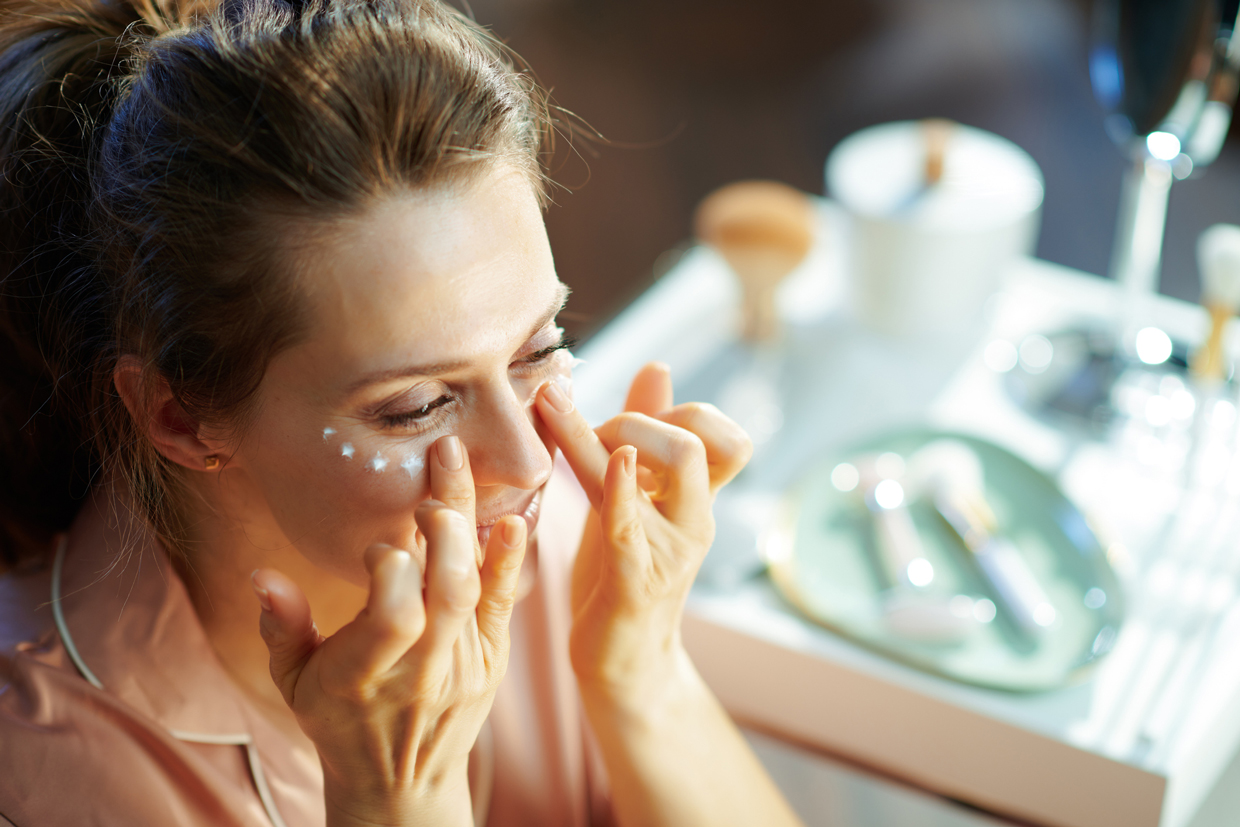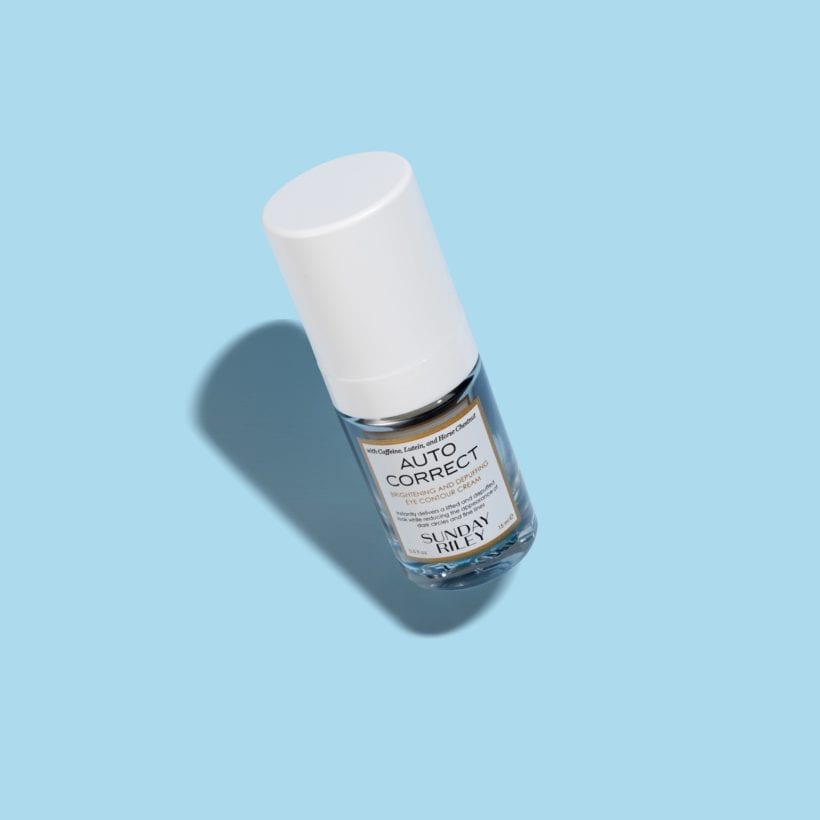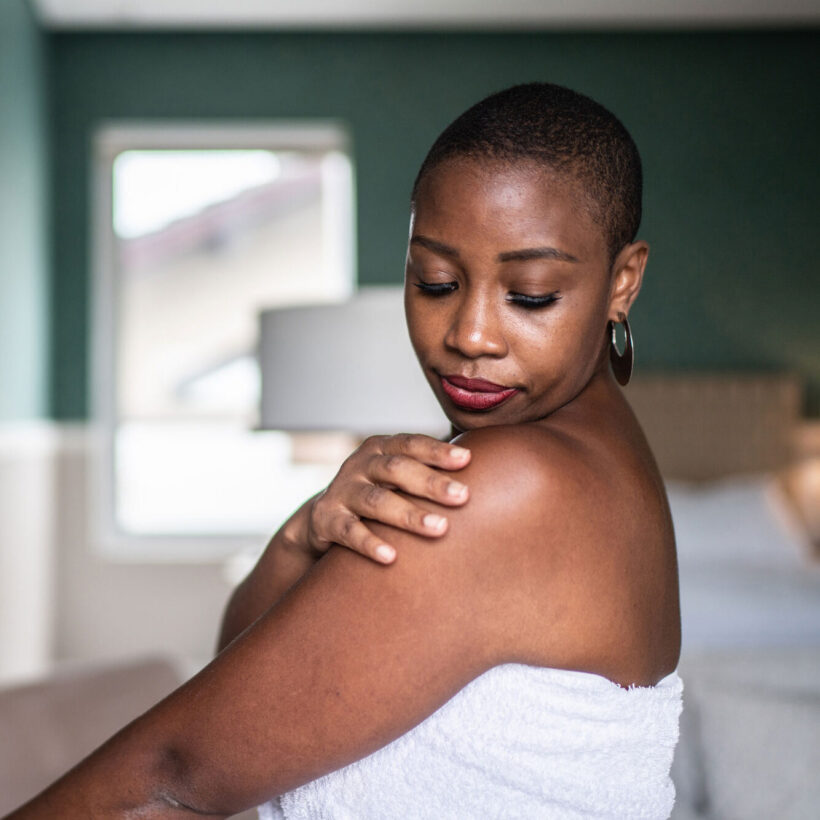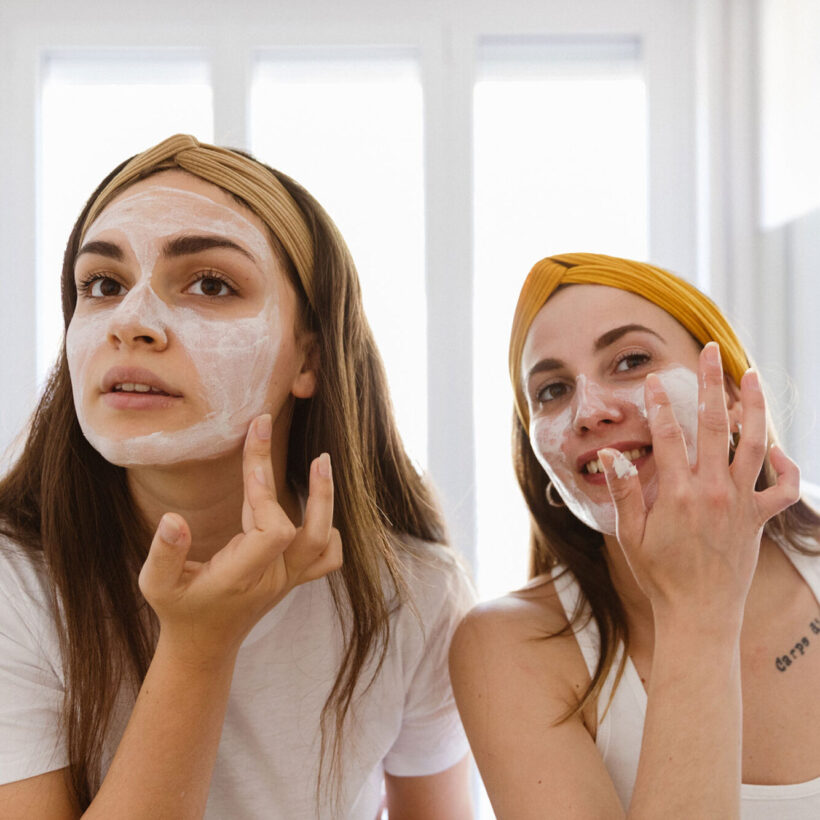Eye cream is one of the most heavily debated skincare products on the market. Time and time again, you’ll see skincare influencers debating the necessity of eye cream — but go straight to a dermatologist, and they’ll tell you that for most patients, a quality eye cream is a crucial product to include in your skincare regimen. That’s because the skin surrounding your eyes is drastically, anatomically different from the skin on your face and neck. And unique anatomy means unique skin concerns — like dark circles, fine lines, and puffiness. So, exactly what is eye cream, and how do you use it to zap away these concerns? Ahead, our experts explain everything you need to know about choosing, using, and applying eye cream.
Meet the Experts
Sunday Riley , CEO, founder and product formulator
Dr. Ava Shamban , board-certified dermatologist
What Is Eye Cream?
“An eye cream is most often formulated with ingredients that are blended to deliver quicker and more targeted results to the particular characteristics of the skin around the eye than moisturizers,” says Sunday Riley. The skin around your eyes has a few key differences from the skin on the rest of your face; it’s thinner, more delicate, and more likely to experience premature aging. Because of the difference in anatomy, eye creams were born to target the specific concerns you might have for this unique area of skin.
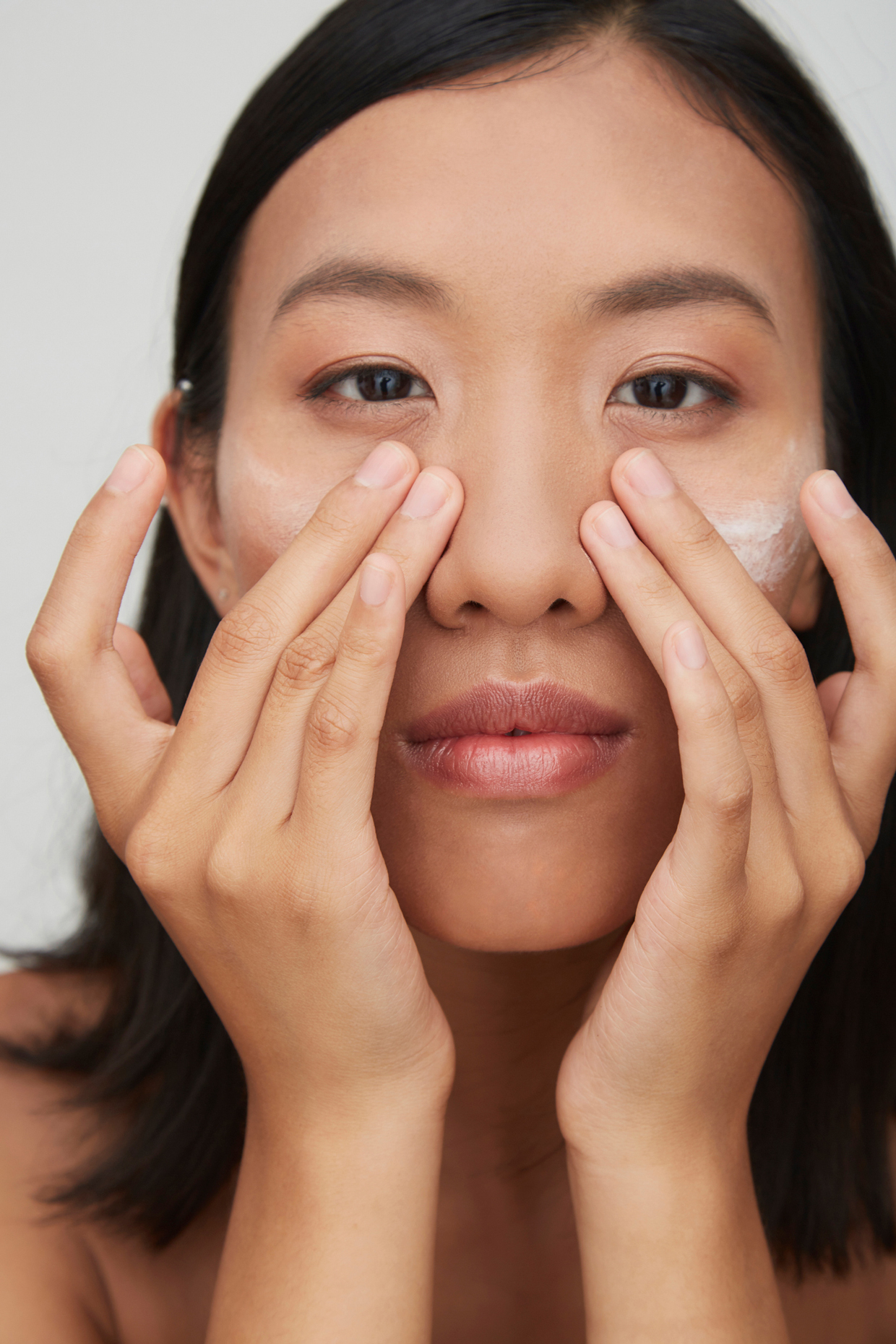
What Are The Benefits of Eye Cream?
Every eye cream formula is different. Some eye creams contain ingredients specifically for brightening dark circles, while others are created to boost firmness. But in general, you can expect your eye cream to do the following:
- Hydrates the delicate skin around the eyes
- Typically less irritating than moisturizer is on the eye area
- Depending on the formulation, eye creams can reduce the appearance of fine lines and wrinkles both immediately (by hydrating and “plumping” fine lines under the eyes) and over time (with ingredients like retinol that stimulate cell turnover). Eye creams can also reduce the appearance of dark circles and puffiness.
How Do You Apply Eye Cream?
When it comes to the order in which to apply eye cream in your skincare routine, Dr. Shamban offers the following advice: “A general rule of thumb is to apply skincare products from lightest to heaviest layers,” she says. “Lighter, lower-weight and smaller molecular structure formulas should always be applied before your moisturizer since they cannot penetrate through thicker products.”
“Serum like Good Genes All-in-One Lactic Acid Treatment can be applied to the full face, including the under-eye area, in a thin layer to penetrate the skin. It does plump the look of lines and wrinkles in 3 minutes. So it’s this instant effect, but it’s gentle enough to use around the area. Please don’t put it in the half moon under your eye but in expression area spots. The creepiness above the eye is something that I am honored and blessed to combat,” continues Sunday Riley.
Then, a specific eye cream should be applied before a general facial moisturizer or sunscreen, whether it is a thin lotion gel or a hybrid formula. But if it’s a dense, lipid-rich and more intense cream formula than your facial hydrator, it can go on last — on top of a facial moisturizer. So, you may apply AutoCorrect Brightening and Depuffing Eye Contour cream after C.E.O. Afterglow Brightening Vitamin C gel cream, but 5 Stars Retinoid + Niacinamide Eye serum should go before ICE Ceramide Moisturizing cream.
When it comes to the actual application of the eye cream, you have a few options — but gentleness is the key. If you’re using your fingers, it’s recommended to use your ring finger (the weakest finger) and to use gentle tapping motions. Any rubbing, smearing, or aggressive blending can exacerbate under-eye wrinkles over time. Dr. Shamban notes that if you want to avoid using your fingers (which are often covered in acne-causing bacteria), look for footed metal applicators and spatulas, which prevent you from touching your face and also offer a bit of cooling pressure (which do not only feels amazing but can also help with puffiness). If puffiness is a particular concern for you, Sunday Riley also advises that you may choose to keep your eye cream in the refrigerator and/or use cooling cryo globes on top of your eye cream in the morning and/or night.
PRO TIP: Protect Your Eyes from Blue Light
In the digital age, protecting your eyes from blue light is crucial, especially since the first signs of aging often appear around this sensitive area. Using blue light glasses can significantly reduce the exposure to blue light emitted by screens, helping to prevent strain and potential damage. Complementing this protective gear with skincare products specifically formulated to combat blue light effects can enhance your defense. Sunday Riley’s AutoCorrect eye cream, a standout in this regard, contains Lutein, a powerful deep yellow antioxidant derived from marigolds known to filter blue light and protect against its aging effects. By integrating both blue light glasses and a targeted eye cream into your daily routine, you can safeguard your eyes while keeping the skin around them vibrant and youthful.
Do You Really Need an Eye Cream?
The short answer is yes, it’s recommended. Due to the unique anatomy of the under-eye skin, most individuals have unique concerns they’d like to treat that don’t appear on the rest of their face — like dark circles, puffiness, and a lack of firmness. If that sounds like you, then a targeted eye cream is an excellent product for your routine. “Your face or neck moisturizer isn’t really going to help with the specific eye concerns, like dark circles and puffiness. It’s not something that you deal with in those areas”, says Sunday. You should apply your eye creams everyday. “The eye area is one of the first places we’re going to show age. We’re going to show exhaustion. We’re going to show stress. It’s also the window to everything you’re going through.”
What Eye Cream Do Dermatologists Recommend?
IF YOU HAVE DARK CIRCLES, PUFFINESS
“For dark circles, we’re looking at AutoCorrect cream. This amazing eye cream is meant for dark circles and puffiness. Lots of eye creams, which, by the way, I love, typically are for lines, wrinkles and hydration. I have genetically dark circles. This one I was formulating being 8.5 months pregnant, and I finished the formula at 2 am. So this is probably something I made for myself. It’s my magic wand product. It’s a multifunctional product that I also use as a highlighter; I typically apply it after makeup on my cheekbones as a very natural highlighter, sometimes even on the bridge of my nose or the Cupid part of my lip. These light-reflecting particles help to diffuse the look of dark circles, but it also has ingredients like caffeine, horse chestnut, and Amazonian Brazilian ginseng that are very effective for dark circles and puffiness. This is the magic one. When you apply it, it looks like you slept eight hours with just one pump. In 15 minutes it’s brightening the appearance of dark circles and depuffing the look of eye bags. We’re going to diffuse the dark circles and we’re going to combat the dark circles, not just diffuse the look of them. One more tip — I love to put two pumps of AutoCorrect and mix it with a little bit of concealer in my hand, and then apply it together, and it keeps that concealer so much fresher so it doesn’t get into your lines.”
Caffeine plays a pivotal role in the effectiveness of this skincare product due to its properties as both a circulation stimulant —especially at the microcirculation level — and a vasoconstrictor. Dark circles and puffiness under the eyes are often caused by the accumulation of slow-moving blood and fluid retention. Additionally, the visibility of dark circles can be influenced by several factors, including the natural thinness of the skin and the proximity of capillaries to the skin’s surface, both of which are largely determined by genetics. By enhancing blood flow and reducing vessel dilation, caffeine helps alleviate these common signs of fatigue and aging under the eyes.
IF YOU HAVE LINES AND WRINKLES
‘Retinol, a powerful skincare ingredient, is not recommended for use directly around the delicate eye area, where the skin is thinner and more sensitive. However, when properly formulated for this sensitive region, retinol can be immensely beneficial. For 5 Stars, it was of the utmost importance for me to create a retinoid eye serum for our line-up to complete the evening routine. With the increase in mask-wearing due to COVID-19, I felt there was a larger focus on the eye area, so when we launched, it seemed like the right time to innovate in the eye category and extend our retinol range’, explains Sunday. Targeted and gentle anti-aging treatment for the delicate eye area, this wrinkle-fighting serum is powered by a 6% retinoid complex and bioactive centella asiatica to support healthy collagen. Balanced with poppy seed extract and ceramides to soothe, smooth, and nurture the eye area while olive oil and shea butter rehydrate for overnight restoration. Apply daily in the evenings, before or after moisturizer. Using the wand, lightly tap a pearl-sized amount onto the eye area and massage outwards around the outer crow’s feet, under the eye, and between brow bone and eyebrow for better product absorption and circulation in this area. This method not only improves the cream’s efficacy but also helps de-puff and refresh the under-eye area.
The Takeaway
The anatomy of your under-eye skin differs drastically from the skin on the rest of your face. For starters, it’s significantly thinner, which means this area is more prone to dark circles, premature fine lines, puffiness, and a loss of elasticity. If you’re looking to combat these skin concerns, you should absolutely add an eye cream to your skincare regimen, advises Sunday Riley.
When it comes to actually applying your eye cream, a lightweight formula should go on before your moisturizer, and thicker formulas can go on after your moisturizer. (But if your under-eyes are extremely sensitive, use eye cream first to prevent other facial products from seeping into this area). You can choose to apply your eye cream with your ring finger or an applicator that comes with the product — but whatever you do, be sure to be gentle. Light tapping motions are advised over aggressive rubbing and blending, which can speed up the deepening of fine lines.
We only recommend products we have independently researched, tested, and loved. If you purchase a product found through our links, Sunday Edit may earn an affiliate commission.

